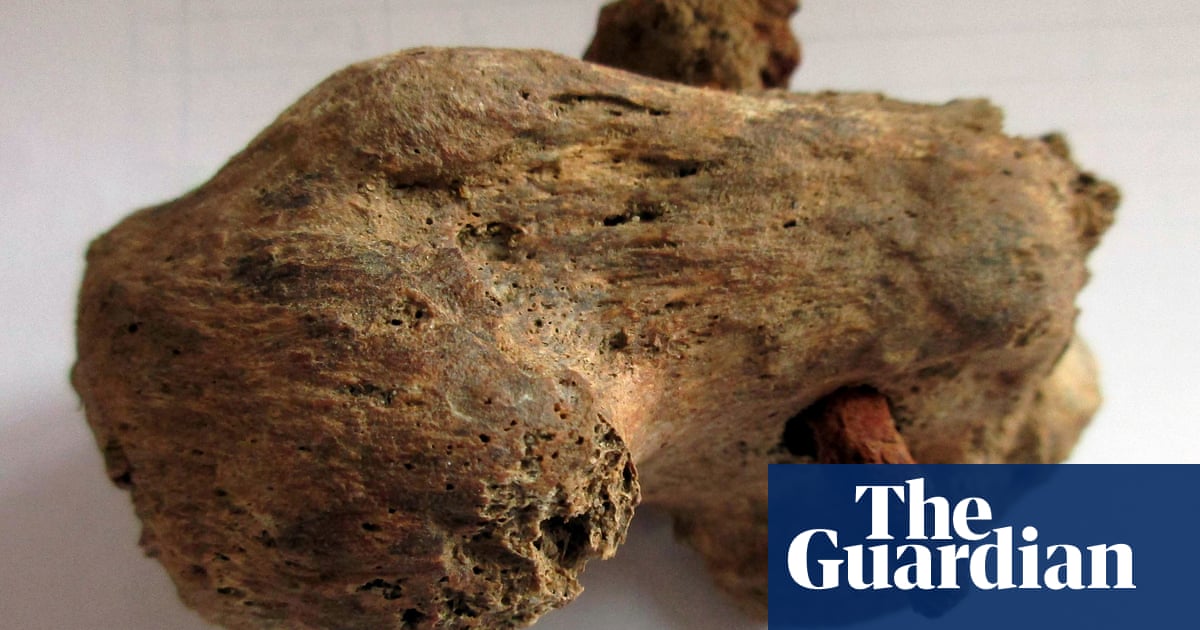-
Sign up or login, and you'll have full access to opportunities of forum.
You are using an out of date browser. It may not display this or other websites correctly.
You should upgrade or use an alternative browser.
You should upgrade or use an alternative browser.
Nailing Feet
- Thread starter Crucificateur
- Start date

fabrizio.976
Assistant executioner
I only would be nailed to a cross, hands and feet the number of nails don't count, i only want to suffer on cross
fabrizio.976
Assistant executioner
Me tooNo suppadaenum. Two spikes
yohanicus
Guard
Same. It allows the legs to be splayed for a more obscene display.One foot nailed on either side of the stripes, so the body is fully exposed.
petraherz
Governor
flat against the upright, one long nail to increase the pain, body weight struggling around this spike.So if crucified and nailed, would you prefer a slanted foot rest or feet flat against the upright? Also one nail or 2?
Rare evidence of a 2,000 year old Roman crucifixion
woodflesh
Magistrate
Flat against the upright (this will induce cramps) and two nails (the legs are more spread and the genitals always visible)So if crucified and nailed, would you prefer a slanted foot rest or feet flat against the upright? Also one nail or 2?
nsur1
Governor
Rare evidence of a 2,000 year old Roman crucifixion
Just published in The Guardian today: during an archealogical dig in Cambridgeshire, they found a heel bone with an actual nail still through it -- the first such find ever:

Best physical evidence of Roman crucifixion found in Cambridgeshire
Near 1,900-year-old skeleton discovered with nail through heel bone during excavation in Fenstanton

So, that would suggest nailing the feet sideways to the timber, with a nail through the heels on each side.
Baron Von Sade
Governor
Yup. Read a fair bit and it seems side through the heel was the way it was done.Just published in The Guardian today: during an archealogical dig in Cambridgeshire, they found a heel bone with an actual nail still through it -- the first such find ever:

Best physical evidence of Roman crucifixion found in Cambridgeshire
Near 1,900-year-old skeleton discovered with nail through heel bone during excavation in Fenstantonwww.theguardian.com
View attachment 1098936
So, that would suggest nailing the feet sideways to the timber, with a nail through the heels on each side.
mp5stab
Hair and Nails
Given that we now have two pieces of archaeological evidence, I think it’s safe to assume that this is how it was usually done. Of course the issue with recovering crucified for it she said they were very rarely buried. So two pieces of evidence is probably the best we’re going to get until another chance discovery.
That being said I think there is some argument for the exact placement heal on the cross whether the heels were spread apart or fixed to the side, Or perhaps facing in the same direction.
There is also a slim possibility of the nails going through the top of the feet and driven directly into the stipes, it although for a variety of reasons that seems like a less realistic way to perform a crucifixion. However with regard to our own interests, in our fantasies it is plausible, it could have happened.
That being said I think there is some argument for the exact placement heal on the cross whether the heels were spread apart or fixed to the side, Or perhaps facing in the same direction.
There is also a slim possibility of the nails going through the top of the feet and driven directly into the stipes, it although for a variety of reasons that seems like a less realistic way to perform a crucifixion. However with regard to our own interests, in our fantasies it is plausible, it could have happened.
Marcius
Tribune
I cannot help but wonder why the heel bone didn't break -- forces generated by the moving body must've been significant, @jedakk did some calculations years ago.
Unless the criminal was stretched on the cross in such a way that immobilization was almost complete.
Unless the criminal was stretched on the cross in such a way that immobilization was almost complete.
poem21045
Tribunus Plebis
His feet could also have been tied. That might esp. be true to secure them prior to nailing.I cannot help but wonder why the heel bone didn't break -- forces generated by the moving body must've been significant, @jedakk did some calculations years ago.
Unless the criminal was stretched on the cross in such a way that immobilization was almost complete.
D
Deleted member jedakk
Guest
This is what I wrote about this subject thirteen years ago:I cannot help but wonder why the heel bone didn't break -- forces generated by the moving body must've been significant, @jedakk did some calculations years ago.
Unless the criminal was stretched on the cross in such a way that immobilization was almost complete.
I emailed Joe Zias, the archeologist who came up with the most recent version of the nails-through-the-heels scenario, and asked him how he arrived at that. His reply to me was that a lot of people were crucified about that time in Judea, and maybe this was one of them. Seems like pretty slim logic to me, but many people have embraced this theory as the absolute truth when it's nothing but a "rectal extraction" in reality.
First of all, the physics of this scenario bother me. With the feet nailed flat against the stipes, there is only a vertical component pressing downward on the shanks of the nails, but with the feet nailed through the heelbones to the sides of the cross, there is a large torsional, or twisting, force on the nail. When I calculate an estimate of that based on the weight of an average size man, it looks to be enough to actually twist a wrought-iron nail of the size that was found. But it would certainly crack or shatter the heelbone before that happened. Obviously, the heelbone is intact, so my belief is that the heels could never have been nailed to the sides of the cross as theorized by Zias. Perhaps this was a victim who was crucified upside down? Seems more likely to me, but there are other scenarios.
Second, there is the business about wooden plaques being used under the nailheads so that they would not pull through the wrists or feet. That seems impossible simply based on a look at the bone structure the large heads of those Roman nails would have had to be pulled through - especially so if we are talking about pulling a one-inch diameter nailhead through a person's heel bone. If wooden plaques were ever actually used, perhaps it was to keep the rough edges of the nail heads from cutting into a wrist or foot and opening a vein, causing the victim to bleed to death. This would be even more likely if the nails bent under the victim's weight, forcing the lower edge of the nail head against the flesh.
So we've got one more calcaneus bone with a nail through it. Did they nail these men's heels to a cross or something else? Were they alive when they were hung up on display? If you were going to hang a man upside down on a stake, this would be a way that might work, and we know the Romans did that on occasion.
As far as a common head-up crucifixion, I think it much more likely that nails were driven through the top of each foot, two nails, one for each foot. Nails placed up high on the foot have plenty of bone to bear against, and even though the feet would be behind the center of mass of the body, making it tend to arch outward when rising, nailing the heels to the sides of the cross would make raising one's self so difficult and tiring that a victim would exhaust himself quickly.




